RARE! WWII VII Fighter Command P-51 Mustang Pilot Truk Islands (Caroline Group) "Kneepocket" Flight Combat Map
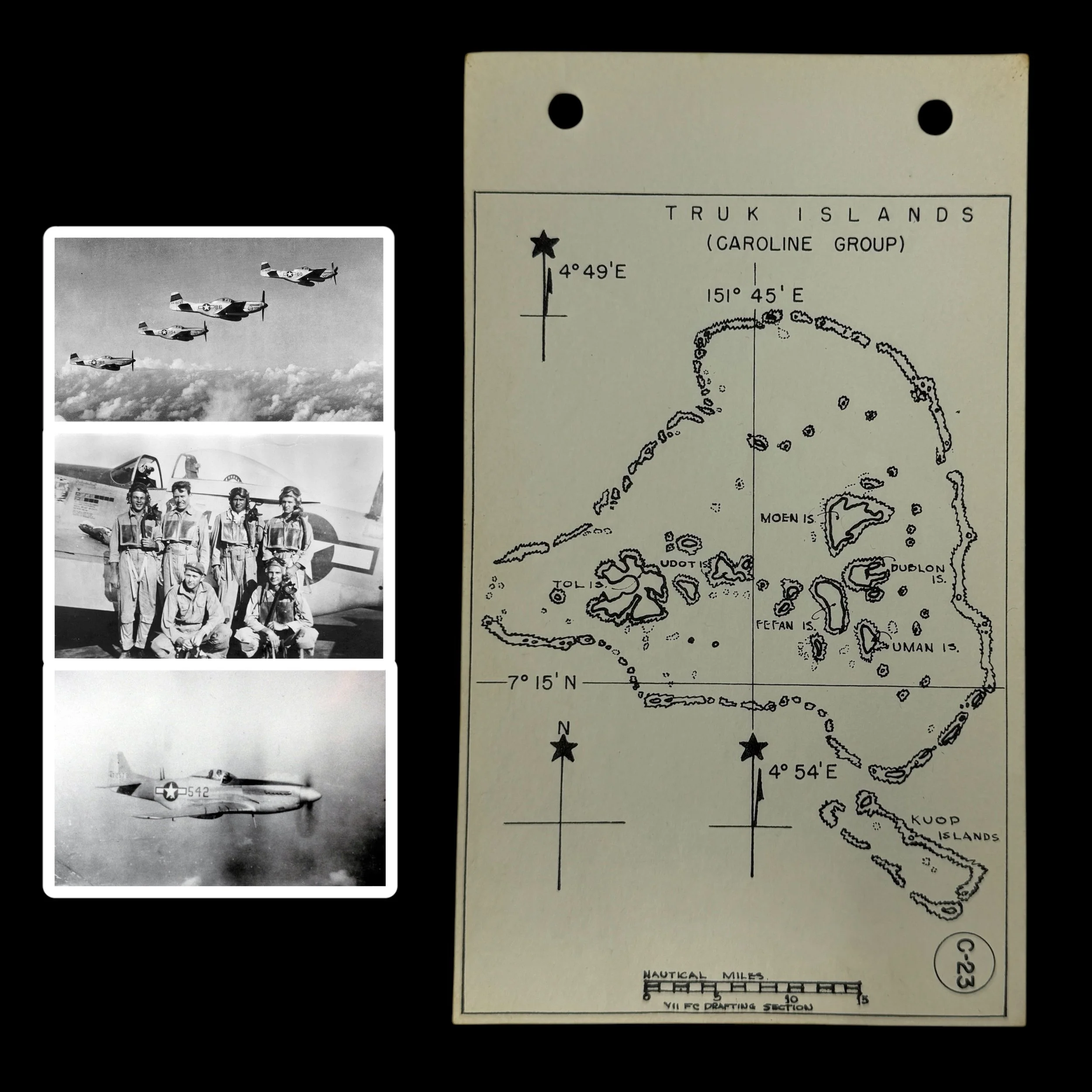

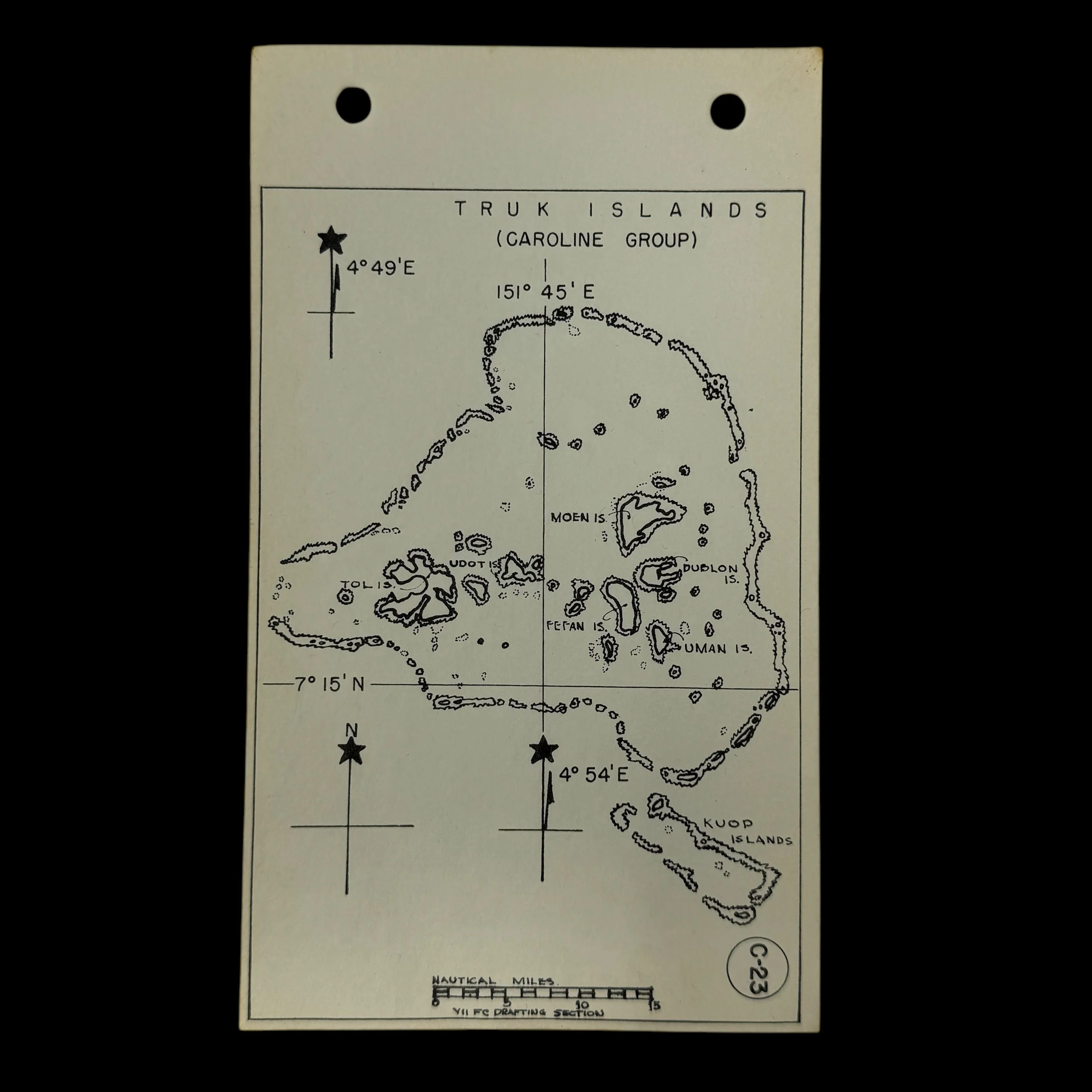
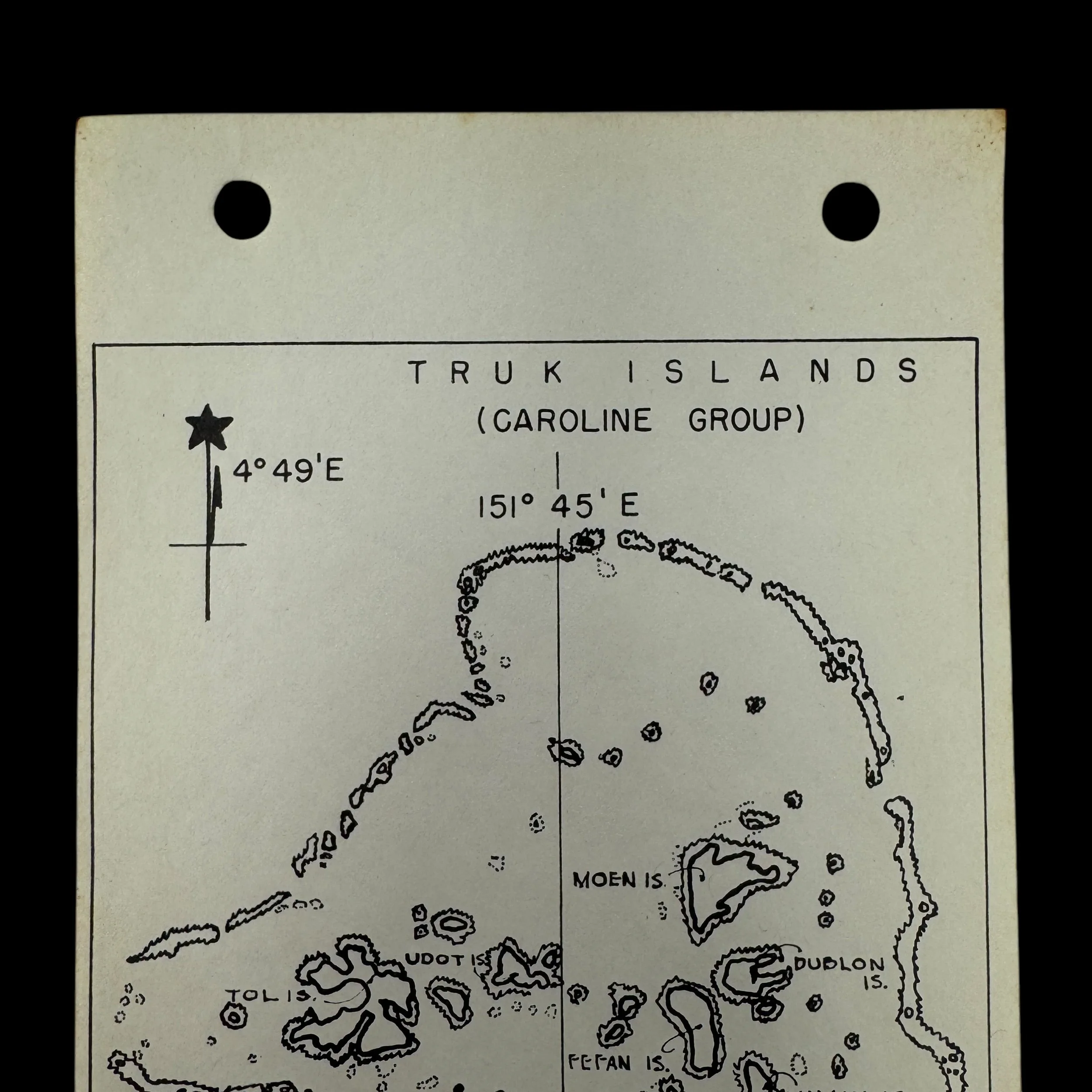
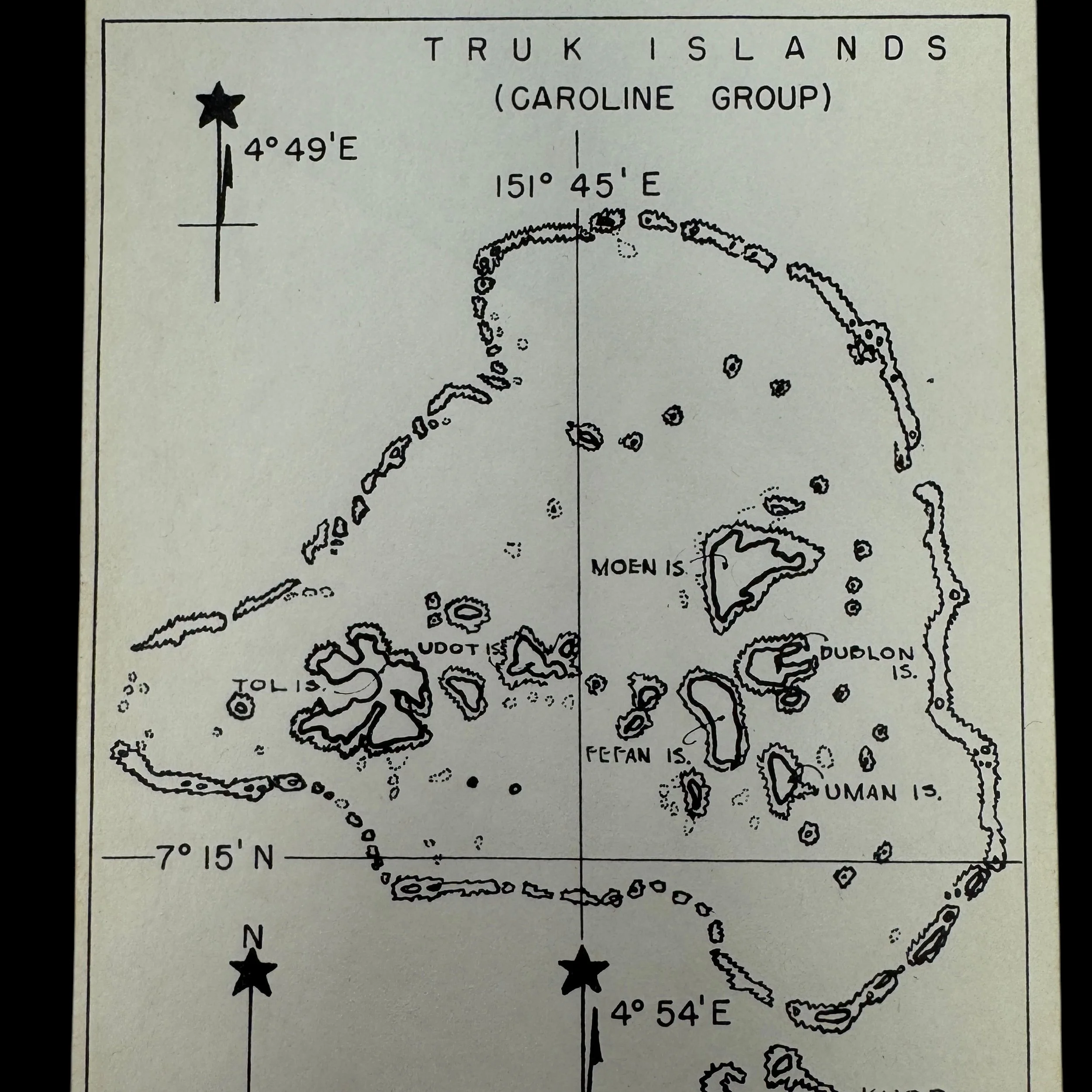
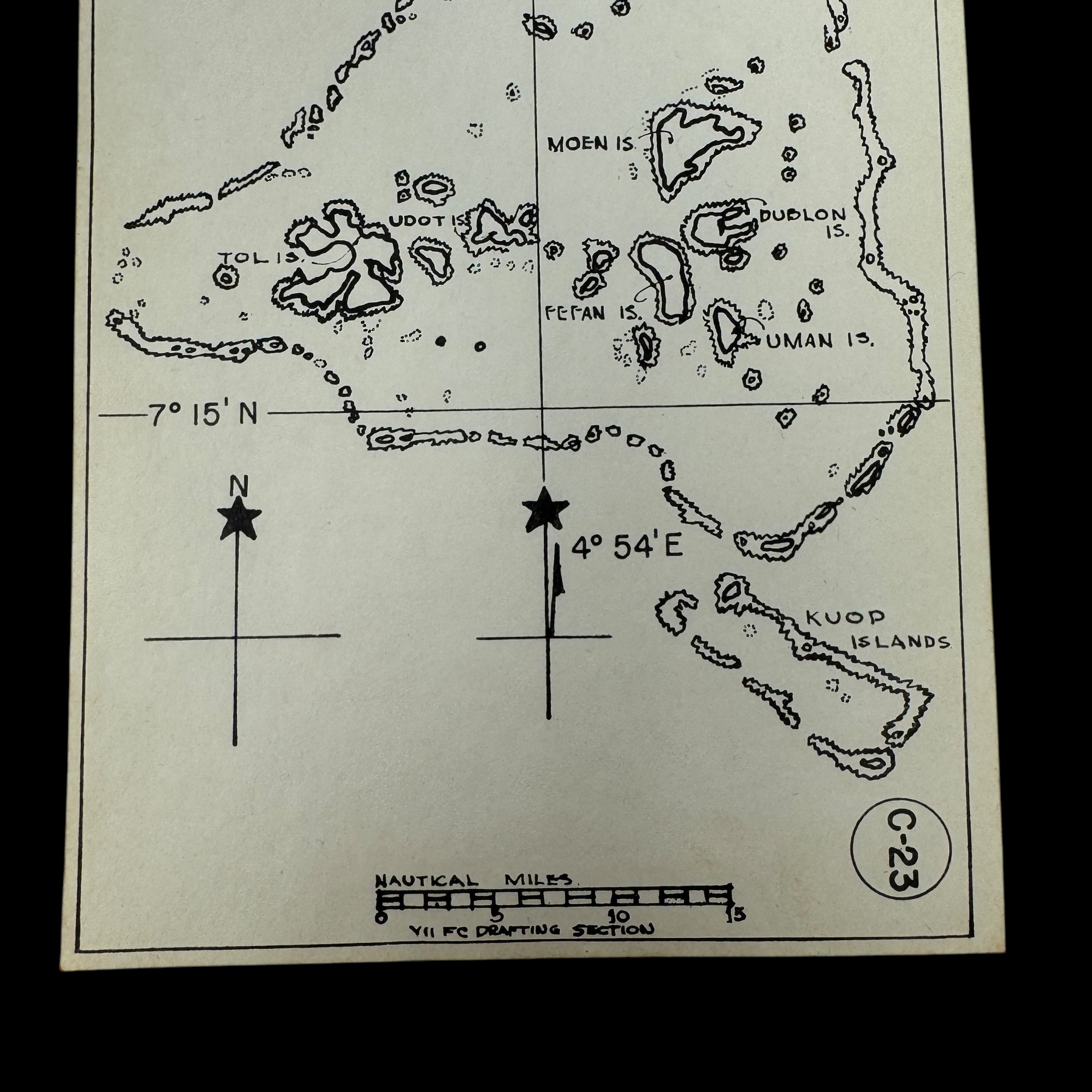
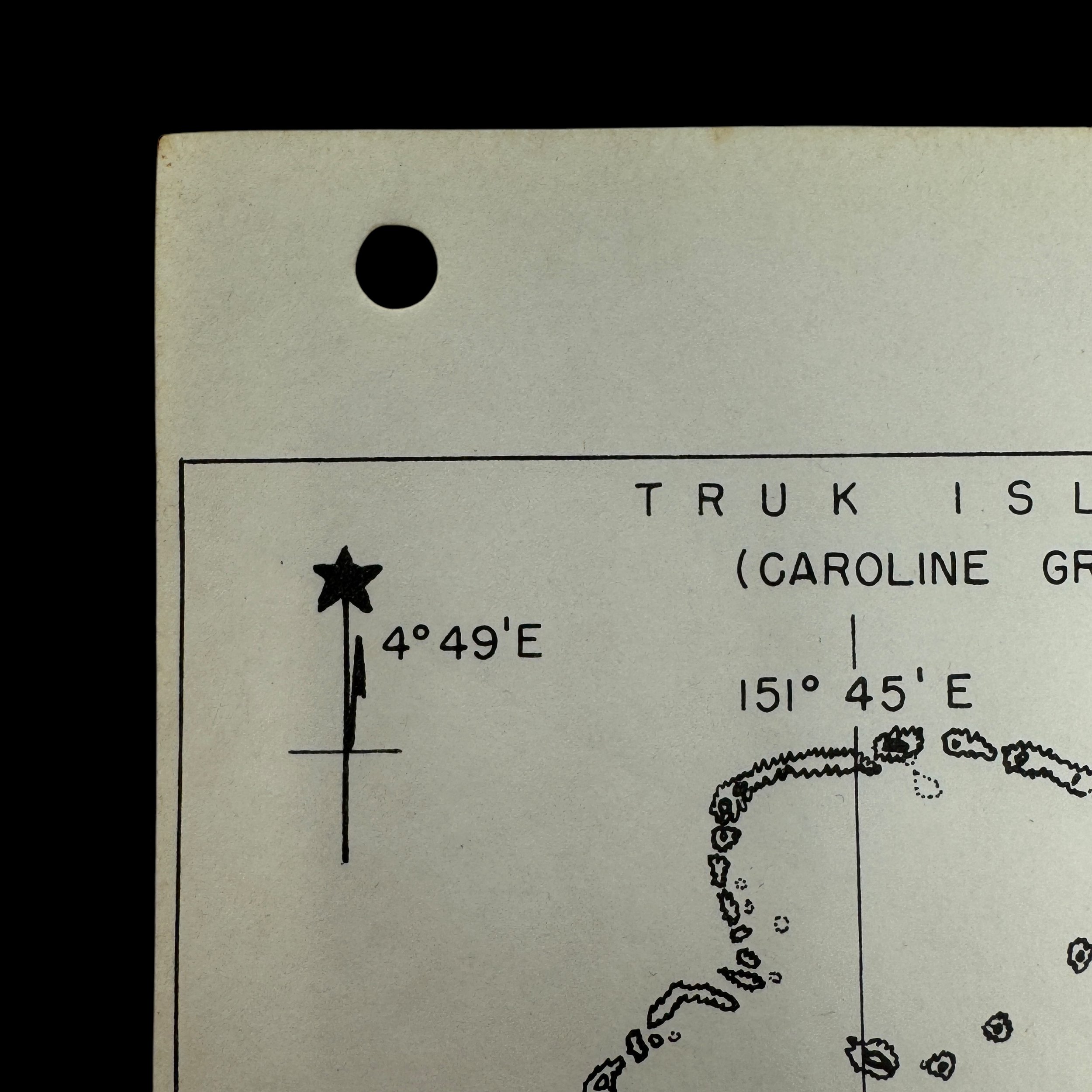
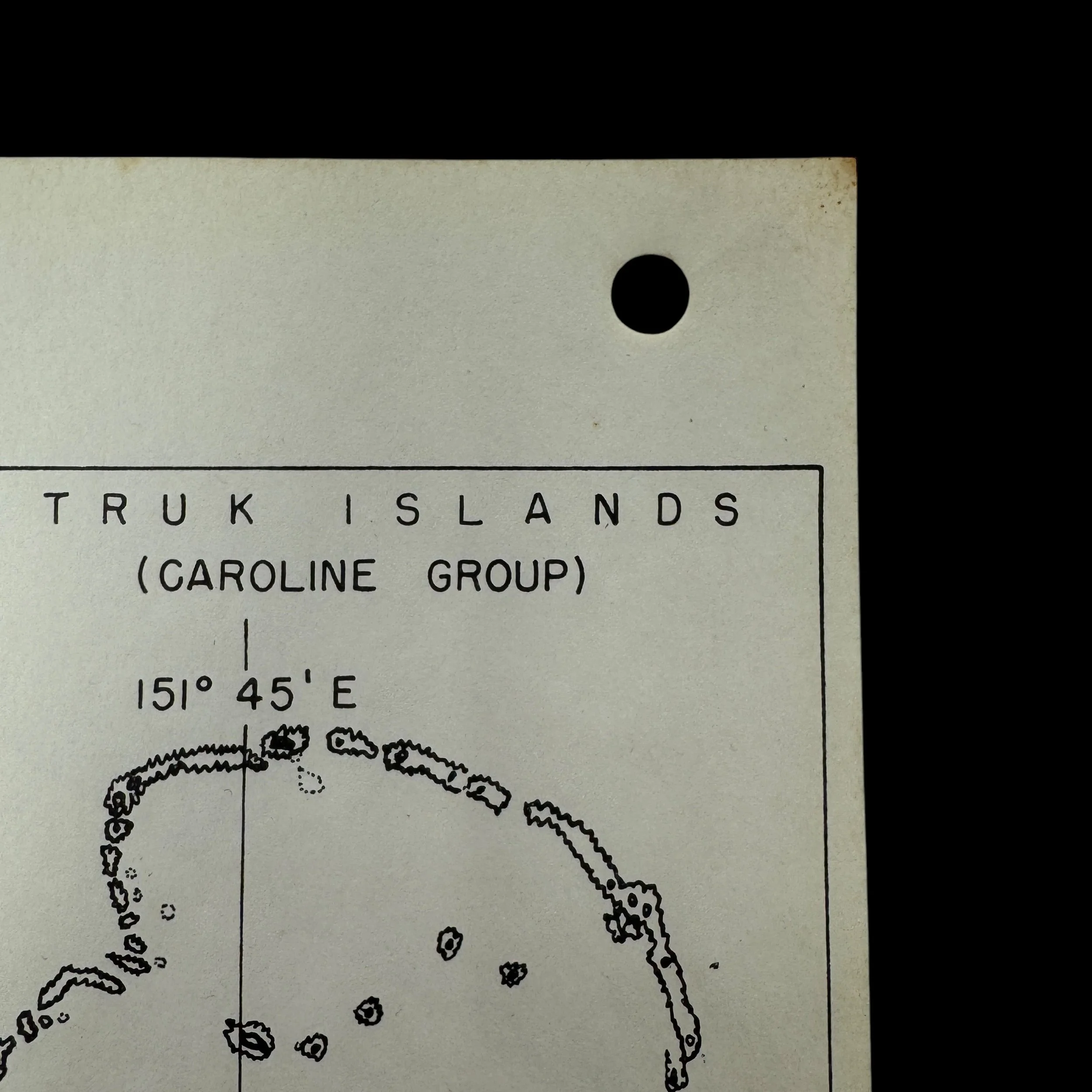
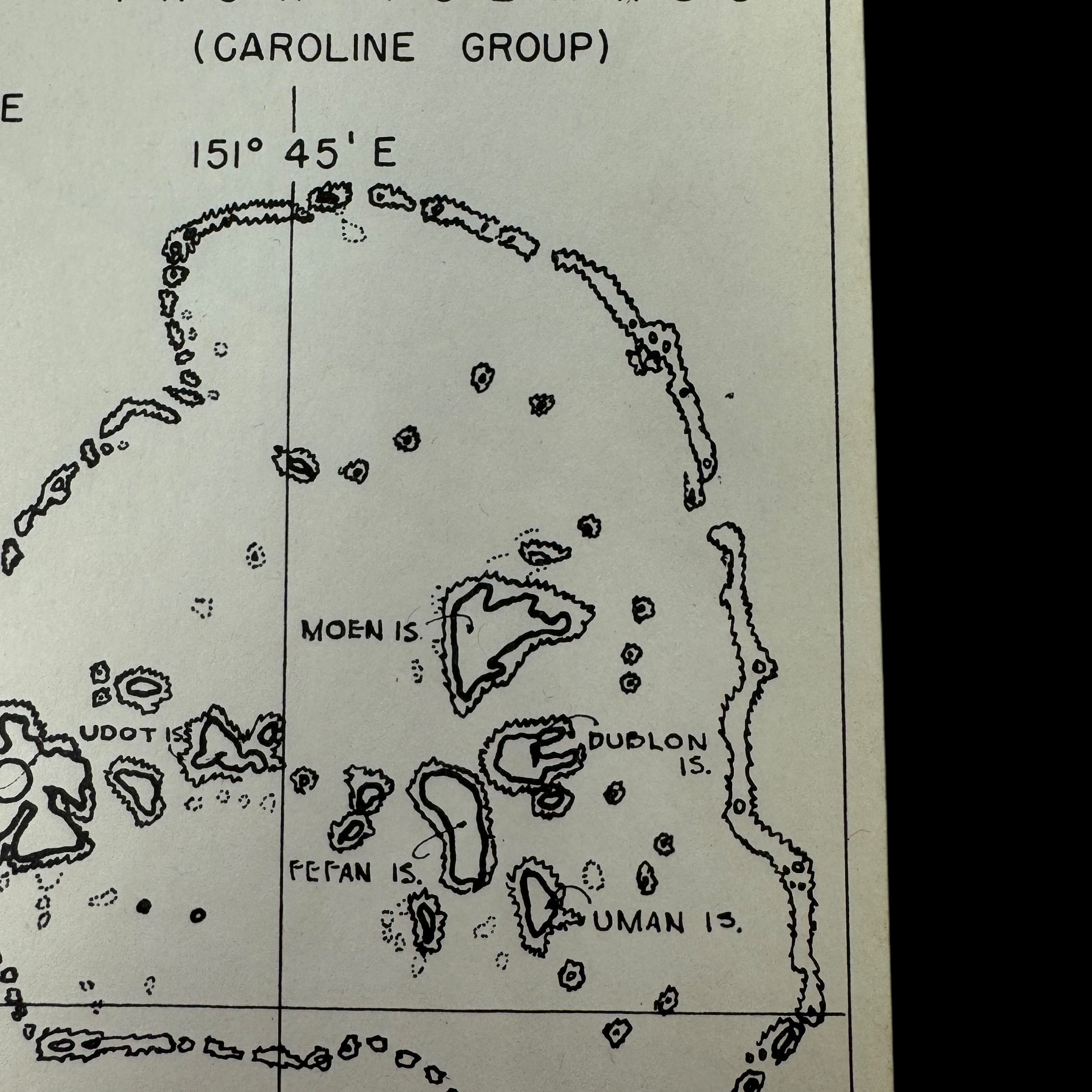



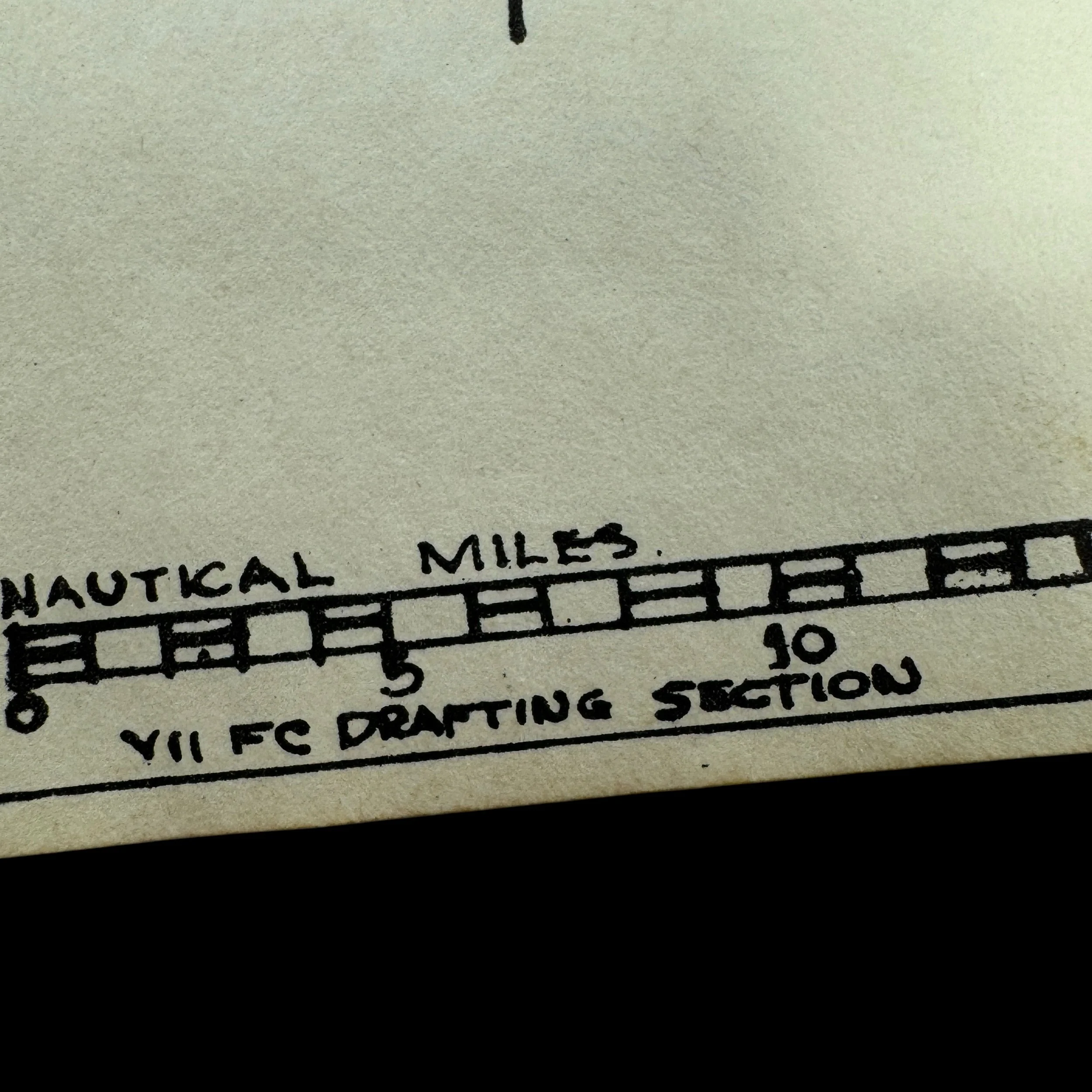
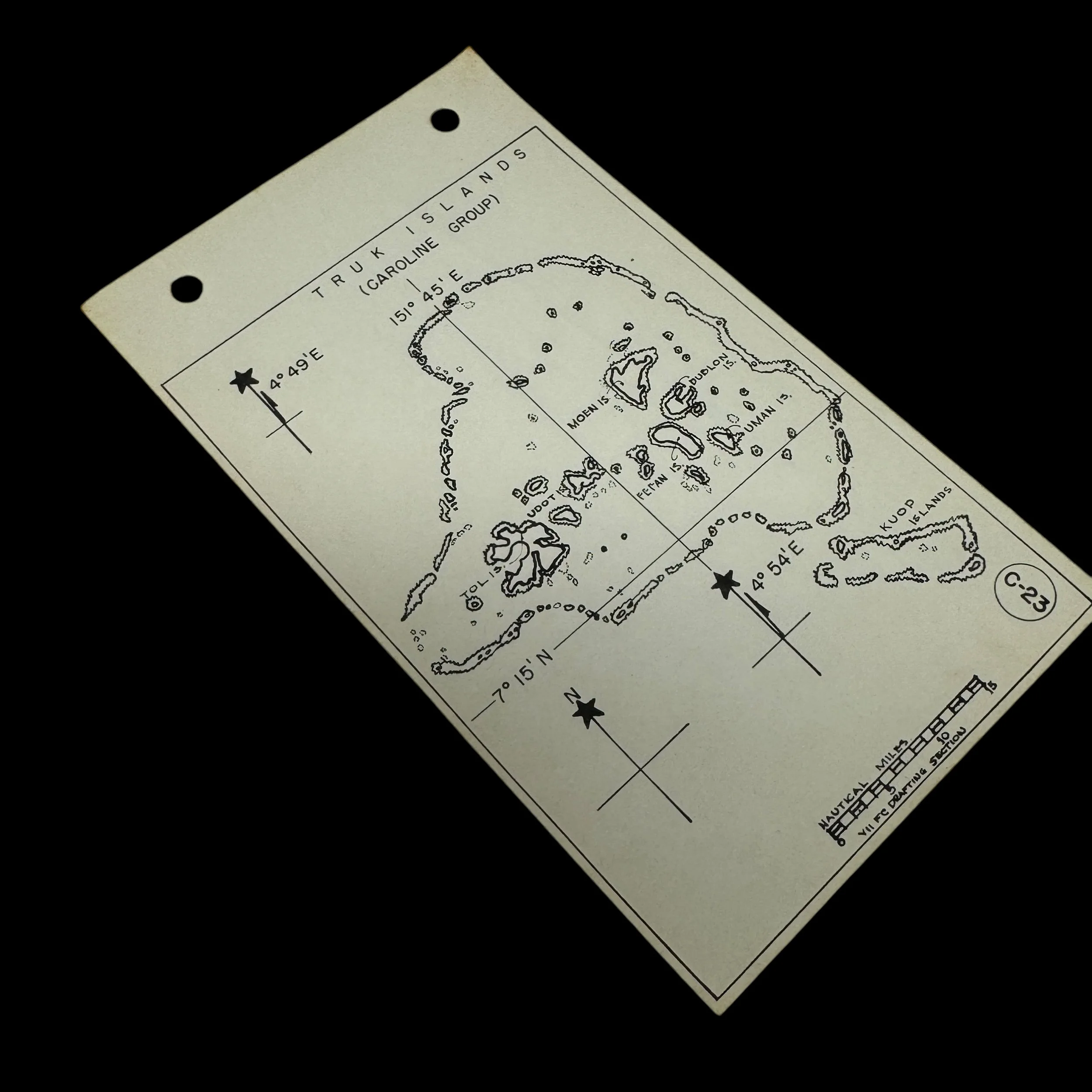
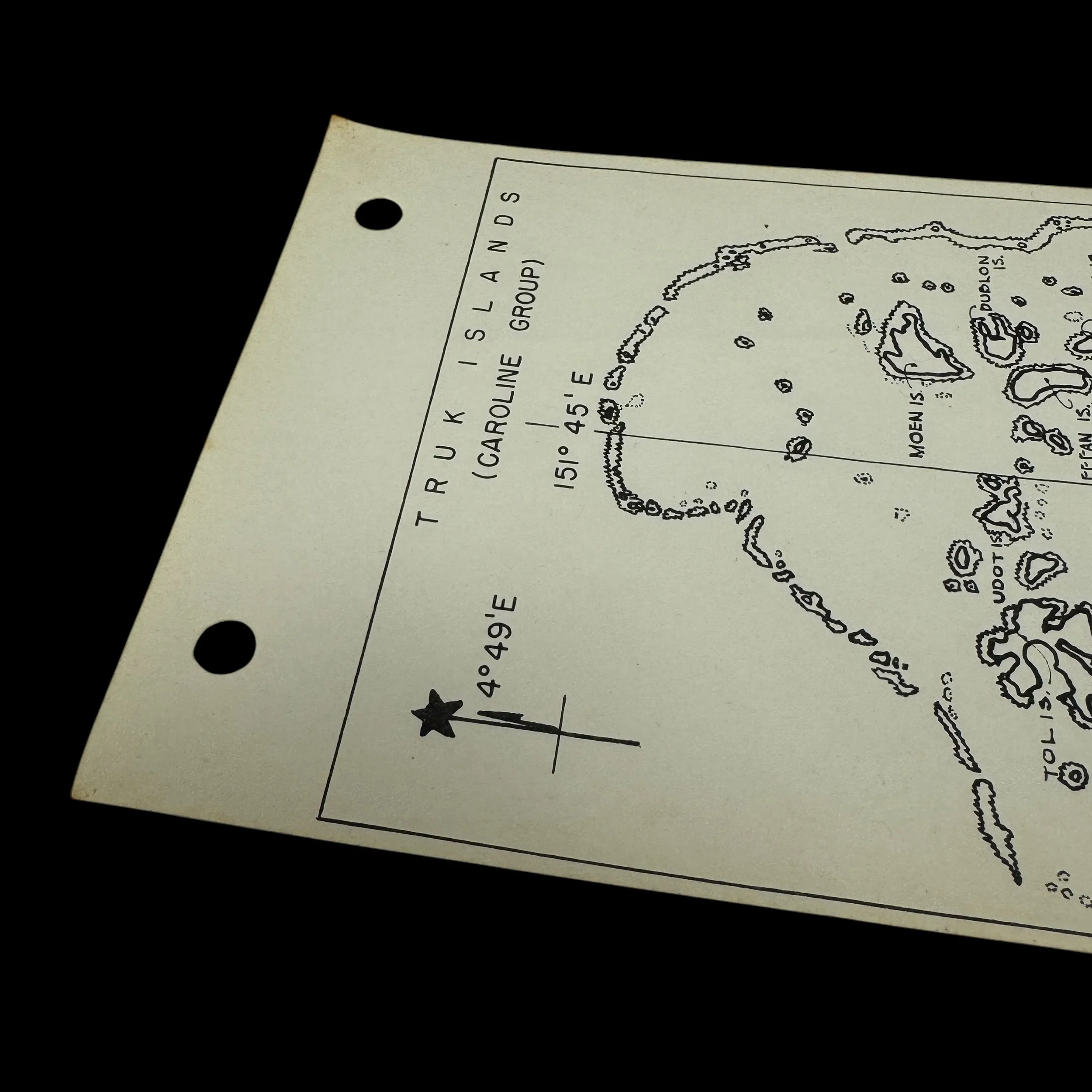

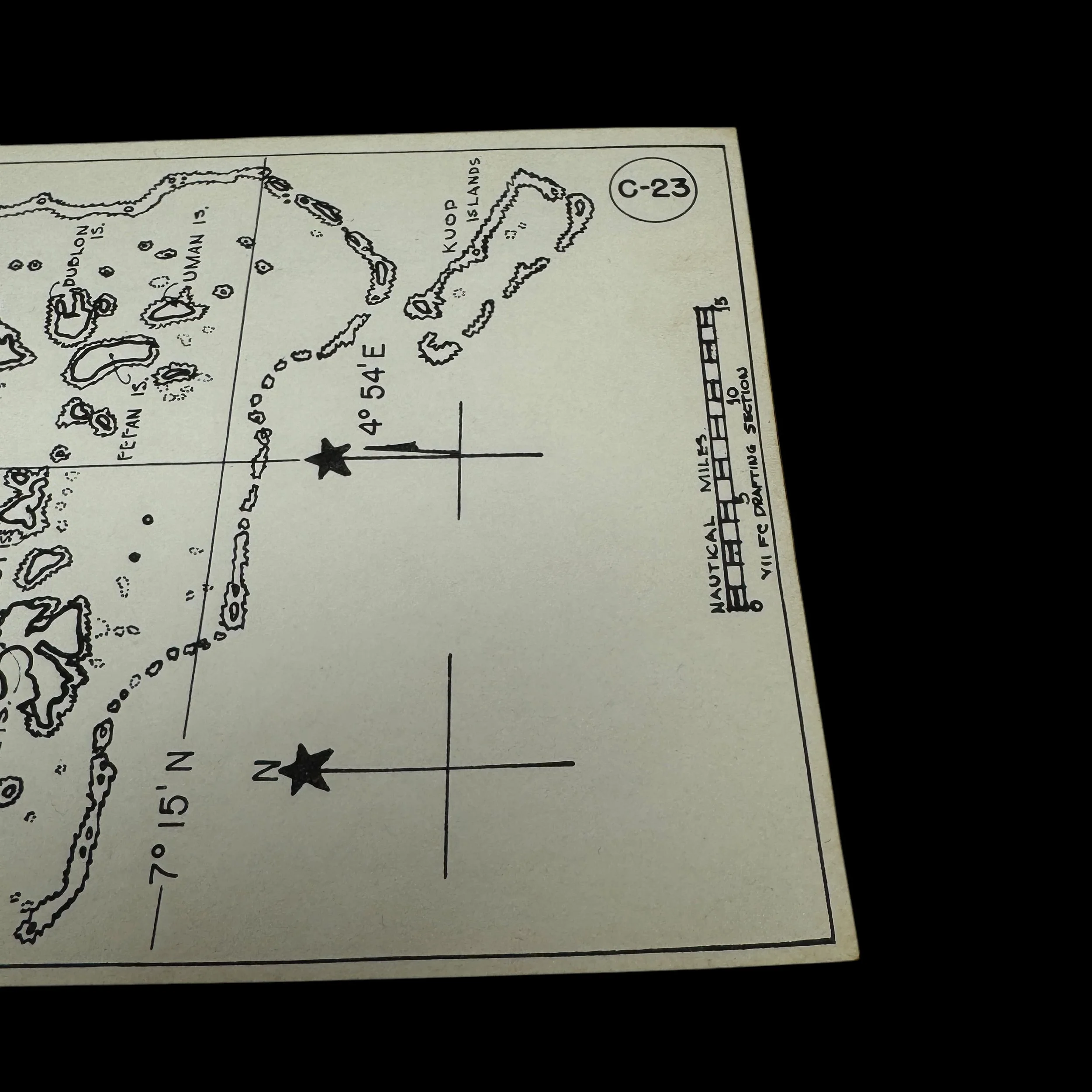

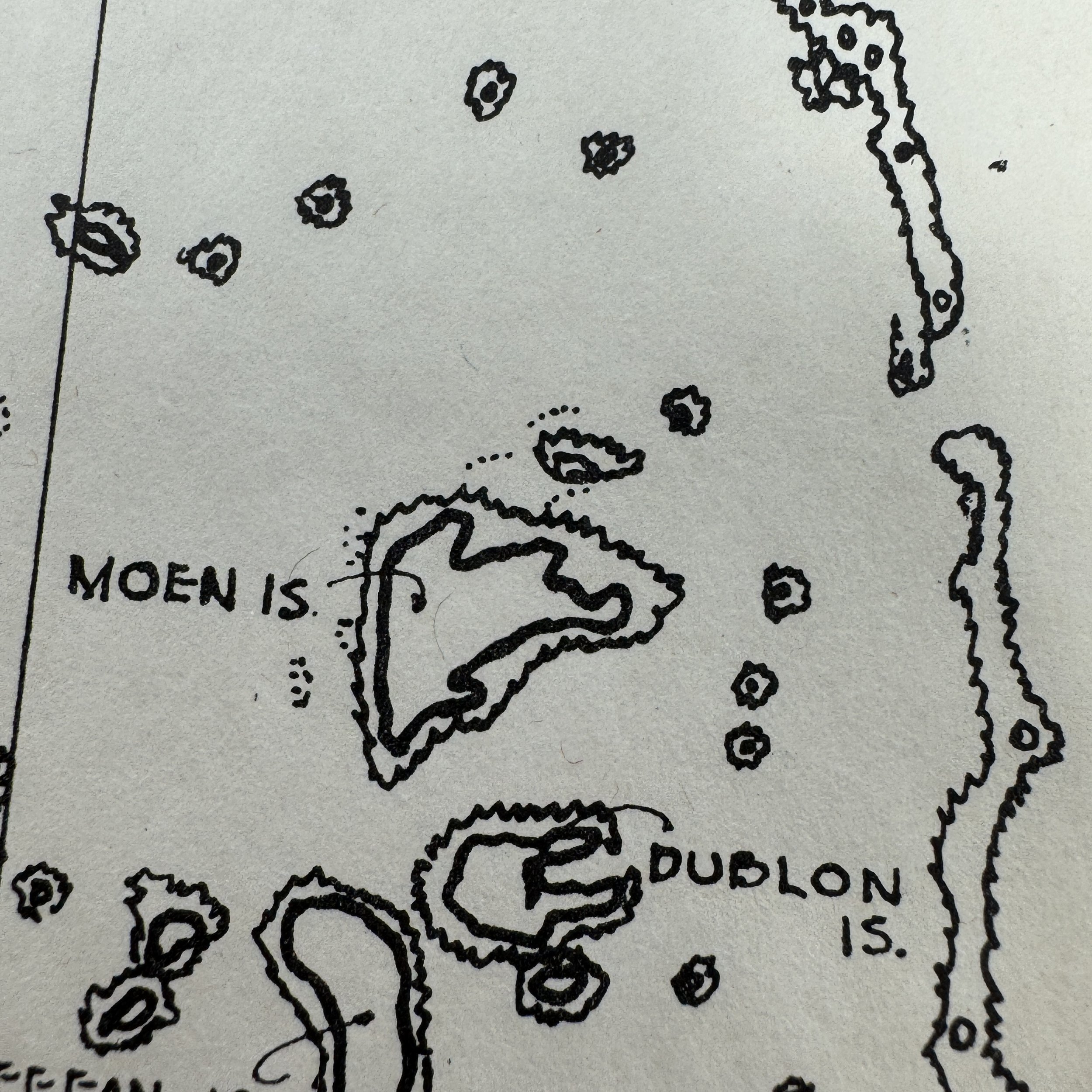

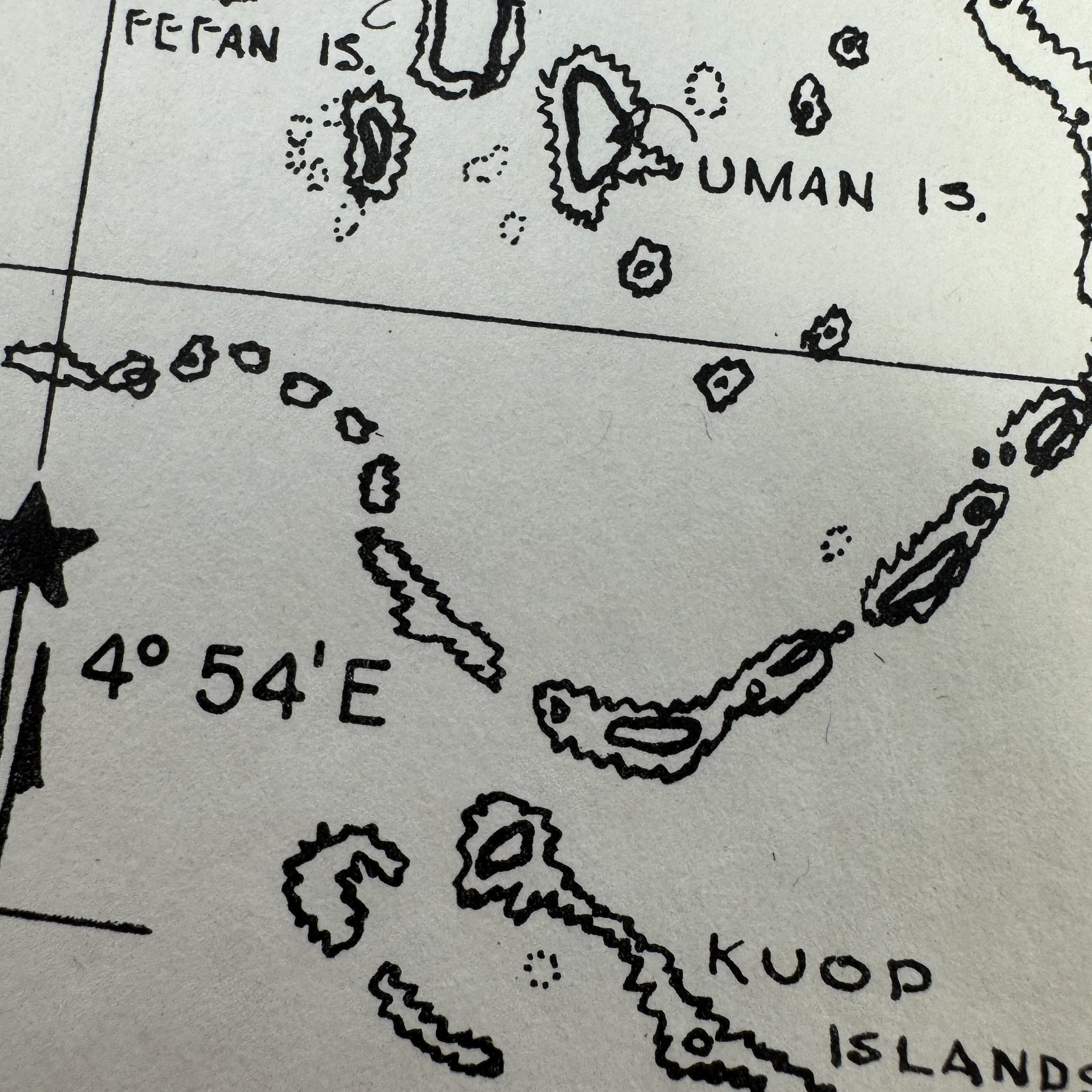
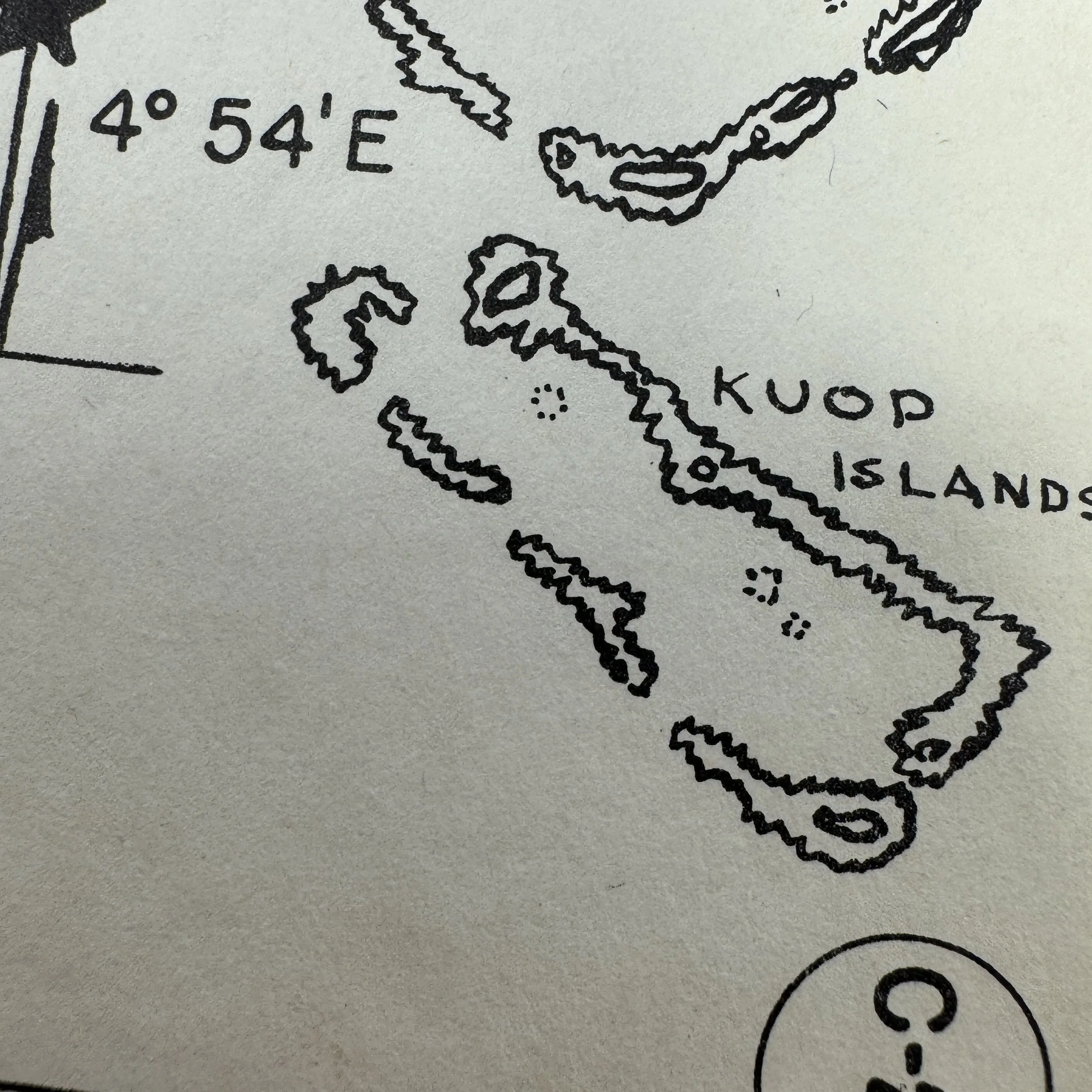



RARE! WWII VII Fighter Command P-51 Mustang Pilot Truk Islands (Caroline Group) "Kneepocket" Flight Combat Map
Comes with a hand-signed C.O.A.
“As part of the Seventh Air Force, the VII Fighter Command P-51 pilots were instrumental in securing U.S. air superiority, conducting long-range escort missions, and supporting the strategic bombing campaign against Japan. Their deployment in the Marianas Campaign was pivotal to the success of the island-hopping strategy and the eventual destruction of Japan’s war-making capabilities”
Type: Original World War II VII Fighter Command “Kneepocket" Flight Map Specially Made For P-51 Mustang Pilots of the Seventh Air Force’s VII Fighter Command (Field Printed at VII Fighter Command Forward Operating Airfield in the Pacific Theater)
Titled: Truk Islands - Caroline Group
Size: 4 × 7 inches
This incredibly rare, museum-grade World War II artifact is an original combat map used by United States Army Air Forces (USAAF) pilots from the Pacific Theater's VII Fighter Command. Known among pilots as the "kneepocket" map, this essential navigation tool was carried by all P-51 Mustang pilots on every combat mission during the war.
Designed and field-printed by the “VII Fighter Command Drafting Section”, this compact yet detailed map was tailored for the specific challenges faced during long-range escort and reconnaissance missions over the vast Pacific Ocean. It was designed to fit perfectly inside the large knee pocket of a P-51 pilot’s flight suit, ensuring easy access without interfering with cockpit controls during combat missions.
The kneepocket map was vital during missions, whether escorting B-29 Superfortresses on Very Long Range (VLR) bombing runs to Japan, or conducting fighter sweeps and reconnaissance. Pilots used this map while in the air to track their positions, coordinate formation movements, and record real-time intelligence on enemy activity and potential targets.
Additionally, the map played a crucial role in emergency planning, providing vital information about nearby islands for potential crash landings. In a theater where engine failure, damage from enemy fire, or fuel shortages posed constant threats, the kneepocket map could mean the difference between survival and being lost at sea.
As a field-produced document, each map was unique, and only a handful of examples with direct connections to the VII Fighter Command have survived, with most reserved for high-end museum archives. Today, these original VII Fighter Command combat maps are exceedingly rare artifacts of WWII aviation history.
Wings Over Truk: VII Fighter Command P-51 Operations in the Caroline Islands, 1944–1945
During the later stages of World War II, the VII Fighter Command, an integral part of the Seventh Air Force, played a critical role in the Pacific theater, particularly in operations against the Caroline Islands of the Truk District. Their mission, which evolved significantly between 1944 and 1945, was pivotal in supporting the broader Allied strategy of island-hopping, neutralizing Japanese strongholds, and clearing the way for eventual assaults toward the Japanese home islands. Among the various fighter groups under the VII Fighter Command, the P-51 Mustang pilots emerged as a crucial spearhead in executing long-range escort missions, fighter sweeps, and direct strikes against enemy airfields, shipping, and infrastructure throughout the Caroline Islands, especially around the once-formidable Japanese bastion of Truk Lagoon.
Truk, often referred to as the "Gibraltar of the Pacific," was a massive Japanese naval base within the Caroline Islands. It served as the principal anchorage for the Imperial Japanese Navy's Combined Fleet during the early years of the Pacific War. Protected by extensive anti-aircraft defenses and surrounded by a ring of airfields on surrounding islands like Eten, Dublon, Moen, and Param, Truk was considered nearly impregnable. However, by early 1944, the tide of the war had turned dramatically against Japan. Operation Hailstone, a massive carrier-based air assault launched by the U.S. Navy in February 1944, devastated Truk's naval facilities, sinking dozens of ships and destroying much of its air power. Despite this crippling blow, Truk and the surrounding islands still housed Japanese garrisons and served as intermittent staging points for remaining forces, making it necessary for continued pressure and containment by U.S. air forces.
It was into this evolving battlefield that the VII Fighter Command and its newly introduced P-51 Mustang squadrons stepped. Prior to 1944, the VII Fighter Command had primarily focused on air defense operations around Hawaii and later the Marshall Islands, employing older aircraft such as P-40 Warhawks and P-39 Airacobras. However, the introduction of the North American P-51D Mustang transformed the command’s operational capabilities. With its exceptional speed, range, and maneuverability, the P-51 allowed VII Fighter Command units to project power deep into enemy territory across the vast expanses of the Central Pacific. No longer limited to local defense, the fighter pilots could now conduct aggressive offensive missions against Japanese positions scattered across the Caroline Islands and beyond.
In the Caroline Islands, from mid-1944 onward, P-51 squadrons under the VII Fighter Command took on a variety of demanding missions. Key among these was the systematic neutralization of remaining Japanese airfields on Truk and nearby islands. The Japanese, although battered after Operation Hailstone, continued to attempt to repair runways and maintain limited fighter coverage using what aircraft they could muster, including Zeros and other defensive fighters. P-51 pilots were tasked with conducting fighter sweeps over these islands, engaging any airborne enemy aircraft, strafing runways to prevent their use, and destroying parked aircraft and logistical infrastructure on the ground.
The missions were grueling. The Caroline Islands lay at extreme operational ranges, often requiring pilots to conduct missions of 5 to 7 hours in duration, supported by auxiliary fuel tanks mounted under their Mustangs. Despite improvements in navigation and long-range flight techniques, pilots still faced risks from mechanical failure, unpredictable weather, and enemy ground fire. Many missions involved flying low-level strafing runs against heavily defended targets, where the threat from anti-aircraft fire was ever-present. Even a single hit to a Mustang’s cooling system could spell disaster over the open Pacific.
Beyond direct attacks on Truk itself, P-51s also played a role in escorting heavy bombers from the Seventh and Thirteenth Air Forces as they conducted raids against the Caroline Islands. B-24 Liberators and later B-29 Superfortresses carried out strategic bombing runs aimed at denying the Japanese any use of Truk as a logistical hub. The Mustangs provided critical fighter cover, guarding the vulnerable bombers against the sporadic but determined Japanese aerial resistance that persisted into 1945.
One of the defining characteristics of VII Fighter Command operations in the Caroline Islands was their emphasis on aggressive interdiction. Pilots would often sweep the islands independently of bomber operations, seeking out and destroying small shipping vessels, barge traffic, and isolated garrisons attempting to resupply. Such missions contributed to the effective isolation of Truk, reducing it to a stranded and irrelevant outpost by mid-1945. The Japanese forces trapped in the Caroline Islands, including Truk’s garrison, were left to wither without the ability to meaningfully resupply or reinforce.
VII Fighter Command P-51 pilots earned a hard-won reputation for their daring and effectiveness in these operations. Many pilots accumulated impressive tallies of destroyed enemy aircraft and shipping during missions across the region. Their efforts not only neutralized lingering threats but also showcased the operational flexibility of the P-51 Mustang, which had been initially designed for the European Theater but proved equally effective in the Pacific.
The persistence of these operations in and around the Caroline Islands ultimately played a supporting but crucial role in the broader Pacific strategy. By ensuring that Truk could not be resurrected as a threat, the Allies freed resources for assaults on the Marianas, Palau, the Philippines, and ultimately Okinawa. The P-51 pilots of the VII Fighter Command, operating at the edge of logistical feasibility and against a still-dangerous enemy, exemplified the increasing dominance of American air power across the Pacific.
By mid-1945, as Japan’s defeat loomed, the VII Fighter Command began shifting its focus toward supporting the anticipated invasion of the Japanese home islands under Operation Downfall. Yet the hard lessons learned and victories won in the Caroline Islands stood as a testament to their vital role in degrading Japanese strength and achieving Allied air superiority across the Central Pacific. For the Mustang pilots who braved enemy fire, long missions over water, and grueling tropical conditions, their contributions in the skies over Truk and the Caroline Islands marked one of the defining and often underappreciated chapters of the Pacific air war.